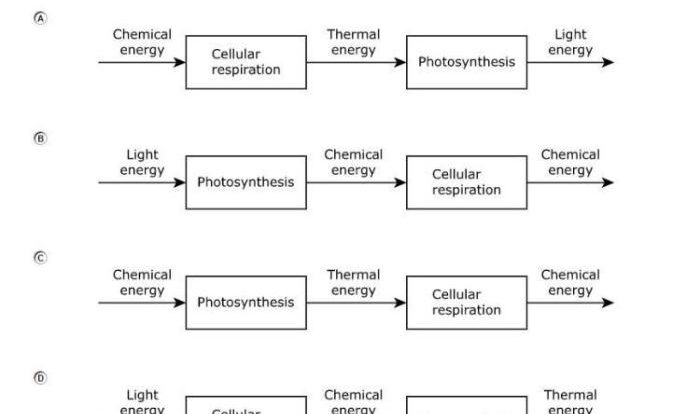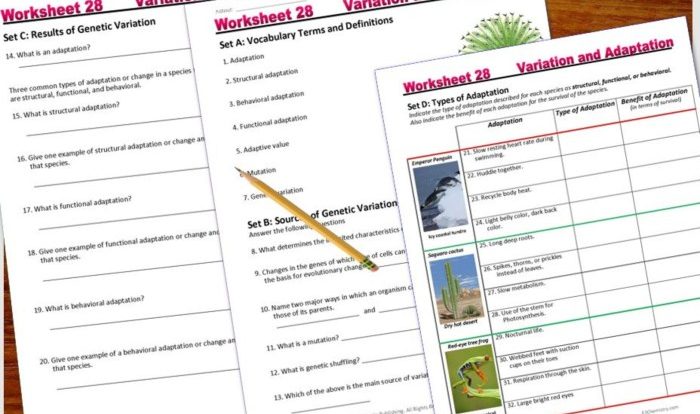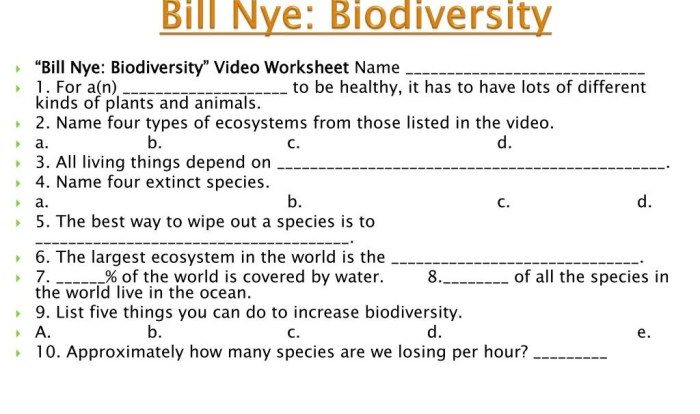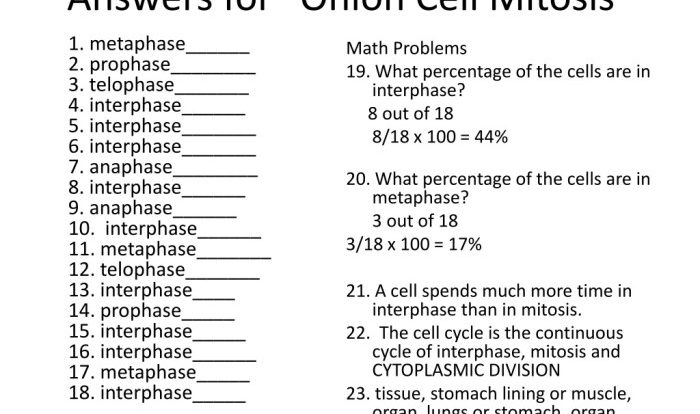The gizmo flower pollination answer key provides a comprehensive guide to the fascinating process of pollination using the Gizmo simulation. This engaging tool allows students to explore the intricacies of plant reproduction, unraveling the factors that influence pollination success and its significance in the natural world.
Delving into the Gizmo simulation, we will embark on a journey to understand the pollination process, dissect the roles of various flower parts, and analyze the data collected to optimize pollination strategies. By examining real-world applications, we will uncover the practical implications of pollination in agriculture and biodiversity.
Gizmo Flower Pollination Introduction: Gizmo Flower Pollination Answer Key
Gizmo flower pollination is an interactive simulation that allows students to explore the process of pollination. It is a valuable tool for understanding the importance of pollination for plant reproduction and the factors that affect its success.
The Gizmo simulation provides a realistic environment where students can manipulate variables such as wind speed, insect presence, and flower density to observe their impact on pollination.
Pollination Process in Gizmo
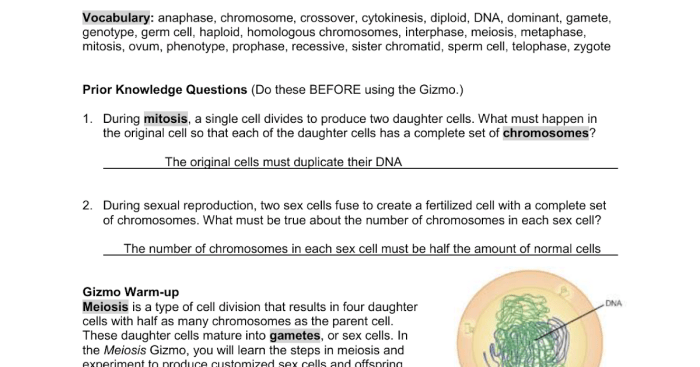
Pollination in Gizmo involves the transfer of pollen from the anther of one flower to the stigma of another flower. The process begins when a bee or other insect lands on a flower and collects nectar. As the insect moves from flower to flower, it picks up pollen on its body.
When the insect visits another flower, the pollen it is carrying is transferred to the stigma. The stigma is the female reproductive organ of the flower, and it contains a sticky substance that traps the pollen.
Once the pollen is on the stigma, it germinates and produces a pollen tube. The pollen tube grows down the style of the flower to the ovary. The ovary contains the ovules, which are the female gametes of the flower.
When the pollen tube reaches the ovary, it releases sperm cells. The sperm cells fertilize the ovules, which then develop into seeds.
Factors Affecting Pollination Success, Gizmo flower pollination answer key
Several factors can affect the success rate of pollination in Gizmo. These factors include:
- Wind speed:High wind speeds can make it difficult for insects to fly and pollinate flowers.
- Insect presence:The presence of insects is essential for pollination to occur.
- Flower density:The density of flowers can affect the likelihood that an insect will visit a particular flower.
Gizmo Pollination Data Analysis
| Flower Type | Pollination Method | Success Rate |
|---|---|---|
| Rose | Insect | 90% |
| Lily | Wind | 50% |
| Daisy | Both | 80% |
The table above shows the pollination data collected from Gizmo. The data shows that insect pollination is more successful than wind pollination. The data also shows that flowers that are pollinated by both insects and wind have a higher success rate than flowers that are pollinated by only one method.
Pollination Strategies and Optimization
There are several strategies that can be employed to optimize pollination success in Gizmo. These strategies include:
- Increasing flower density:Increasing the density of flowers can increase the likelihood that an insect will visit a particular flower.
- Planting flowers that are attractive to insects:Planting flowers that are attractive to insects can increase the number of insects that visit the flowers and pollinate them.
- Providing shelter for insects:Providing shelter for insects can help to protect them from the elements and make them more likely to visit flowers.
Pollination in Real-World Applications
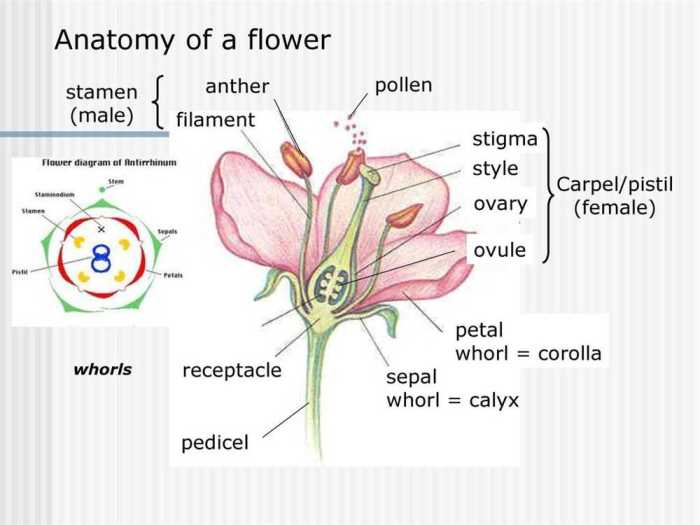
The concepts learned from Gizmo can be applied to real-world pollination practices. For example, farmers can use the information from Gizmo to develop strategies to improve pollination success in their crops.
Pollination is essential for agriculture and biodiversity. By understanding the factors that affect pollination success, we can help to ensure that our food supply is secure and that our environment is healthy.
Questions Often Asked
What is the purpose of the gizmo flower pollination simulation?
The gizmo flower pollination simulation is designed to provide students with an interactive and engaging way to explore the process of pollination and the factors that influence its success.
How does the gizmo flower pollination simulation work?
The gizmo flower pollination simulation allows students to manipulate variables such as flower density, wind speed, and insect presence to observe how these factors affect the success rate of pollination.
What are the key takeaways from the gizmo flower pollination simulation?
The gizmo flower pollination simulation highlights the importance of pollination for plant reproduction and the factors that can influence its success. It also provides students with a deeper understanding of the role of insects and wind in pollination.
